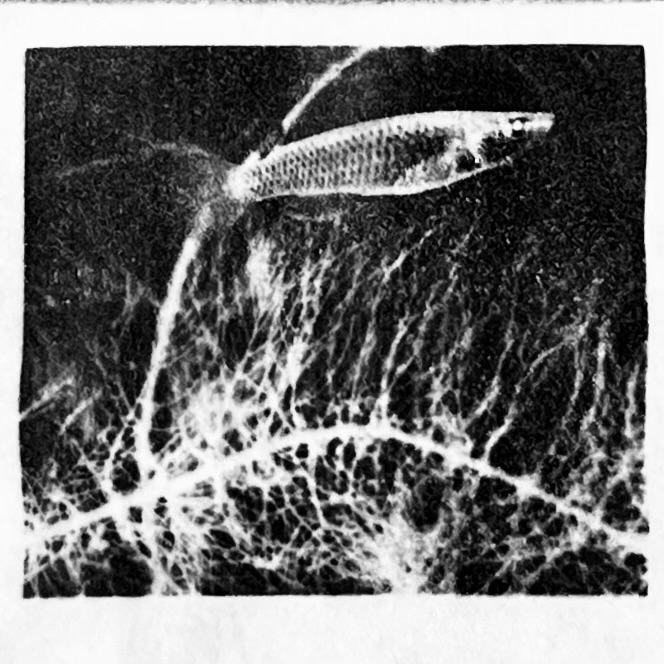Definition and Origins: From The Tale of Genji to Motoori Norinaga
The concept of mono no aware can be traced back to Japan’s Heian period (794–1185), most notably in the literary classic The Tale of Genji. Written by Murasaki Shikibu, this monumental work portrays the impermanence of life and the ebb and flow of fate through the romantic entanglements of aristocratic men and women. However, it was not until the 18th century that mono no aware was formalized as an aesthetic theory by the Kokugaku scholar Motoori Norinaga. He defined it as an intuitive sensitivity to the essence of things—an emotional response that arises not merely from sorrow, but from a deeper realization of the eternal within the transient, such as the falling of cherry blossoms or the drifting of autumn leaves.

Why Do We Need Mono no Aware-Inspired Environmental Music?
In today’s era of information overload, environmental music offers a form of “negative freedom”—a space where we’re not required to be constantly productive, cheerful, or efficient. This resonates deeply with the spirit of mono no aware:
- Resisting Temporal Anxiety: Through looping and stagnant sound design—such as the drones of Stars of the Lid—linear time is transformed into cyclical time, offering a sonic escape from the pressure of forward momentum.
- Redefining “Uselessness”: A 30-minute soundscape without melody or climax—like Brian Eno’s Thursday Afternoon—mirrors the quiet act of standing aimlessly beneath cherry blossoms. In this “uselessness,” we encounter a deeper sense of being.
- Empathy Training in the Digital Age: As AI-generated music proliferates, works that preserve human imperfections—missed notes, ambient noise, the texture of analog recording (e.g., Nala Sinephro’s cosmic harp improvisations)—remind us that fragility and imperfection are the true marks of humanity.

Leave a Reply